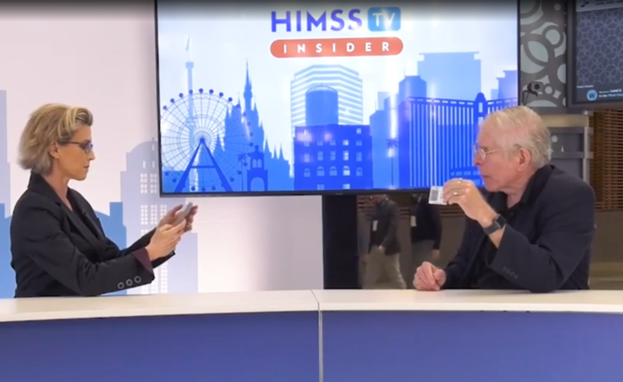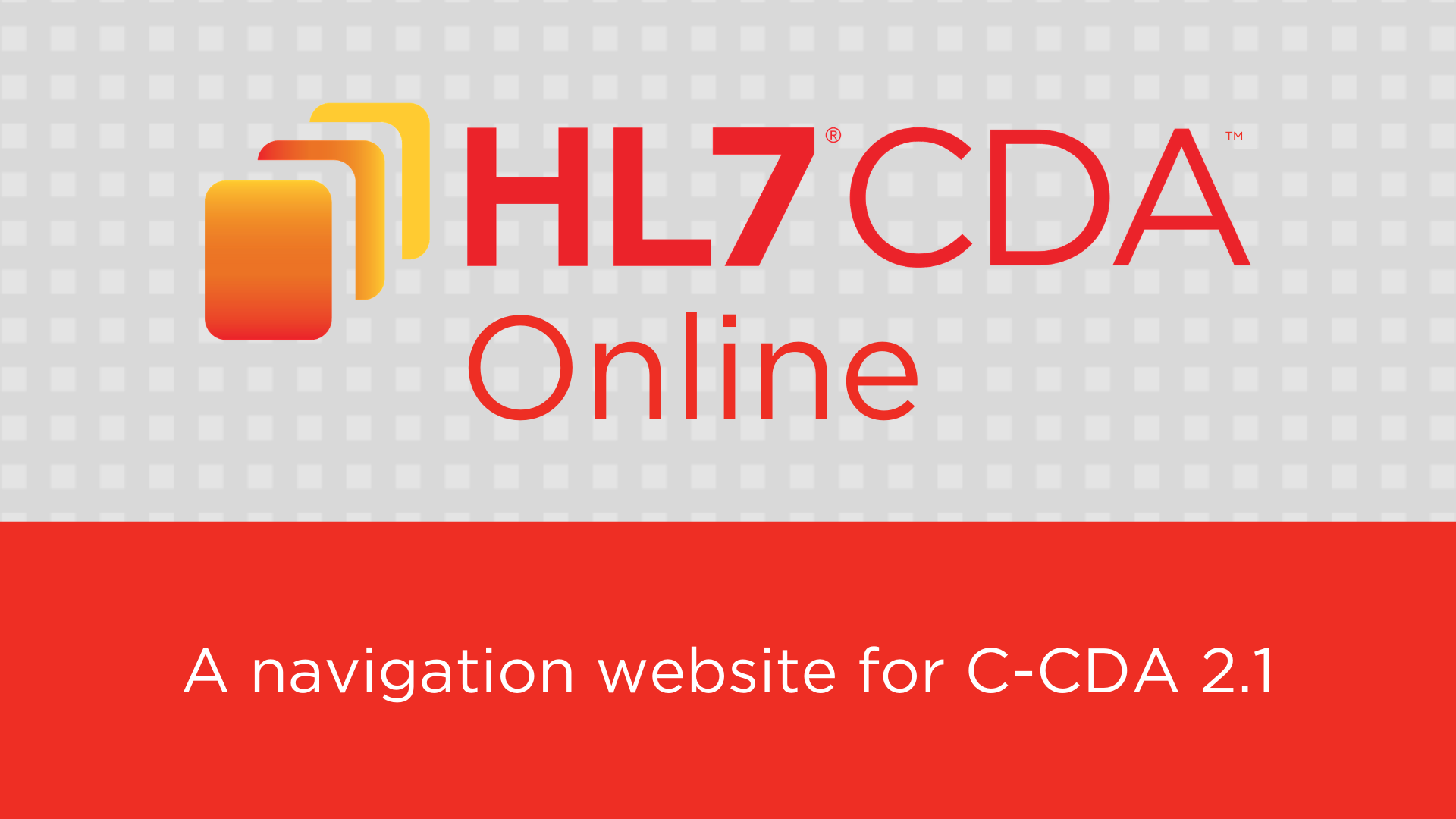The International Patient Summary (IPS) is a key standard for global interoperability. Its goal is to create a common foundation for patient summary exchange across borders and ensure the ability to share key information with caregivers whenever and wherever needed. Several nations and international organizations have selected the IPS as a baseline for their summaries, and recently major electronic health record (EHR) and health information technology (IT) vendors have shared their planned implementations. These include Epic, MEDITECH, CommonHealth, Google, Patient Centric Solutions, VeroSource and Verto Health. Like many successful standards, today’s progress has been years in the making.
John D'Amore, MS
Recent Posts
EHRs and Health IT Vendors Accelerate IPS Adoption
[fa icon="calendar'] Aug 1, 2024 1:00:00 PM / by John D'Amore, MS posted in CDA, IHE, International Patient Summary, FHIR Connectathon, FHIR Implementation Guides, IPS, EHR integration
New HL7 C-CDA Navigation Tool Released
[fa icon="calendar'] Feb 23, 2021 10:12:20 AM / by John D'Amore, MS posted in CDA, HL7 community, interoperability, C-CDA, tooling, implementation, implementation guide
Primary author: John D'Amore, Co-Founder, Diameter Health; Co-authors: Brett Marquard, Principal, Wave One Associates and Wayne Kubick, CTO, HL7 International
While HL7 FHIR® (Fast Healthcare Interoperability Resources) is today’s hottest healthcare standard, clinical documents are already exchanged in the billions today. HL7 published the Consolidated Clinical Document Architecture (C-CDA) in 2011 to support care coordination and patient engagement. The ONC 2014 certification rule named C-CDA R1.1 and adoption exploded. The current version of C-CDA, R2.1, remains backwards compatible to that version today. While C-CDA is a flexible, robust standard to record patient care longitudinally or for an encounter, it is structurally complex. The C-CDA standard itself is over 1,000 pages long. Applying the standard to the latest US requirements for clinical data exchange, known as the US Core Data for Interoperability, also routinely requires information from the C-CDA Companion Guide.
HL7 publishes the C-CDA standard and its Companion Guide as PDF documents. That will remain the official version of the standard, but a small team from the CDA Management and Structured Documents Working Groups saw an opportunity to make the C-CDA content easier to use by developing a new web tool. Since the C-CDA has reusable parts, known as “templates,” it seemed logical to make each template searchable and distinct via unique web pages so the standard would be much easier to absorb.
The new HL7 C-CDA Online Search Tool is a searchable, web-based navigation resource for the Consolidated Clinical Document Architecture (C-CDA 2.1) and its Companion Guide. The solution includes over 240 unique web pages that make each template accessible on the web with linkage back to the original PDF content. This navigation is managed through a single searchable index page, like a smart table of contents.
Using the template webpages, health IT vendors can ensure that their C-CDAs are conformant and high-quality for document exchange. The search tool enables users to search the C-CDA by description, template object identifier (OID) or conformance number. Conformance number searches are particularly valuable for C-CDA implementers, since validators will return these numbers when there’s a violation or warning associated with C-CDA testing.



